For a start, what SpaceX trying to accomplished is not small feat nor mere science fiction. If anyone can do it, it is Elon Musk. Definitely not your normal kind of guy that will go on and burn island buying fortune till he literally borrowed money in order to pay rent into 3 start-ups, 2 of which revolutionize human approach towards space travels (SpaceX) and the use of electric vehicles (Tesla).
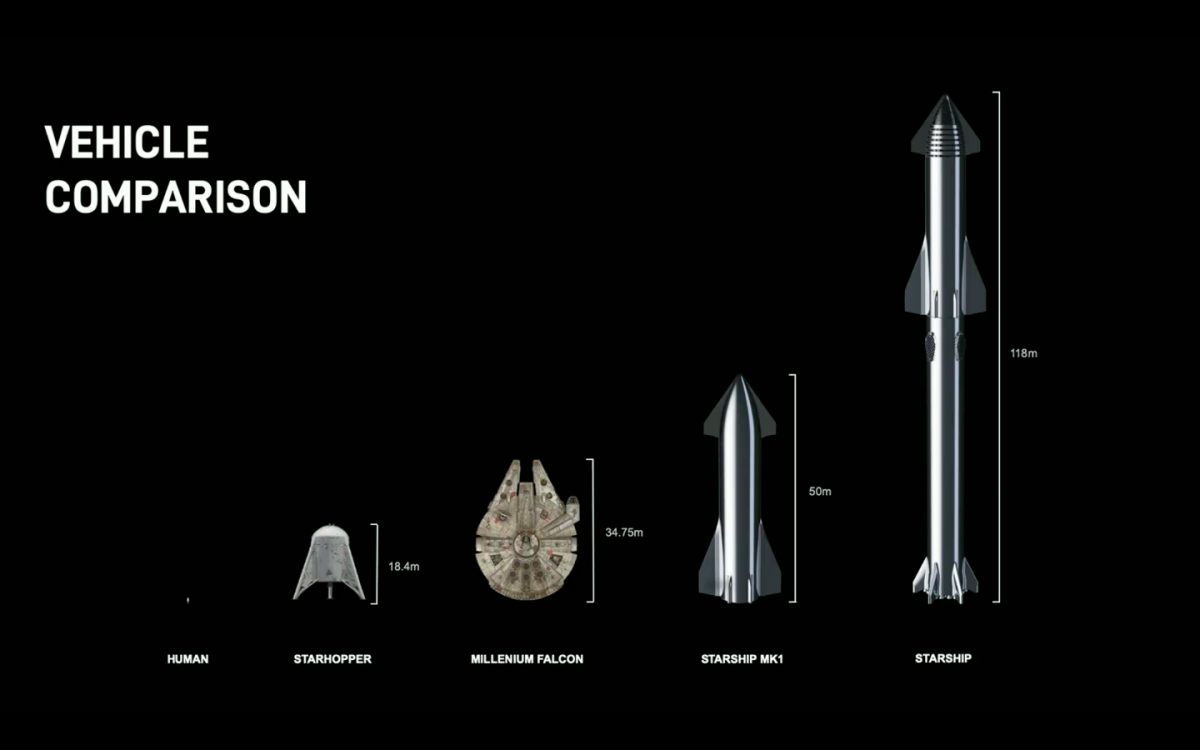
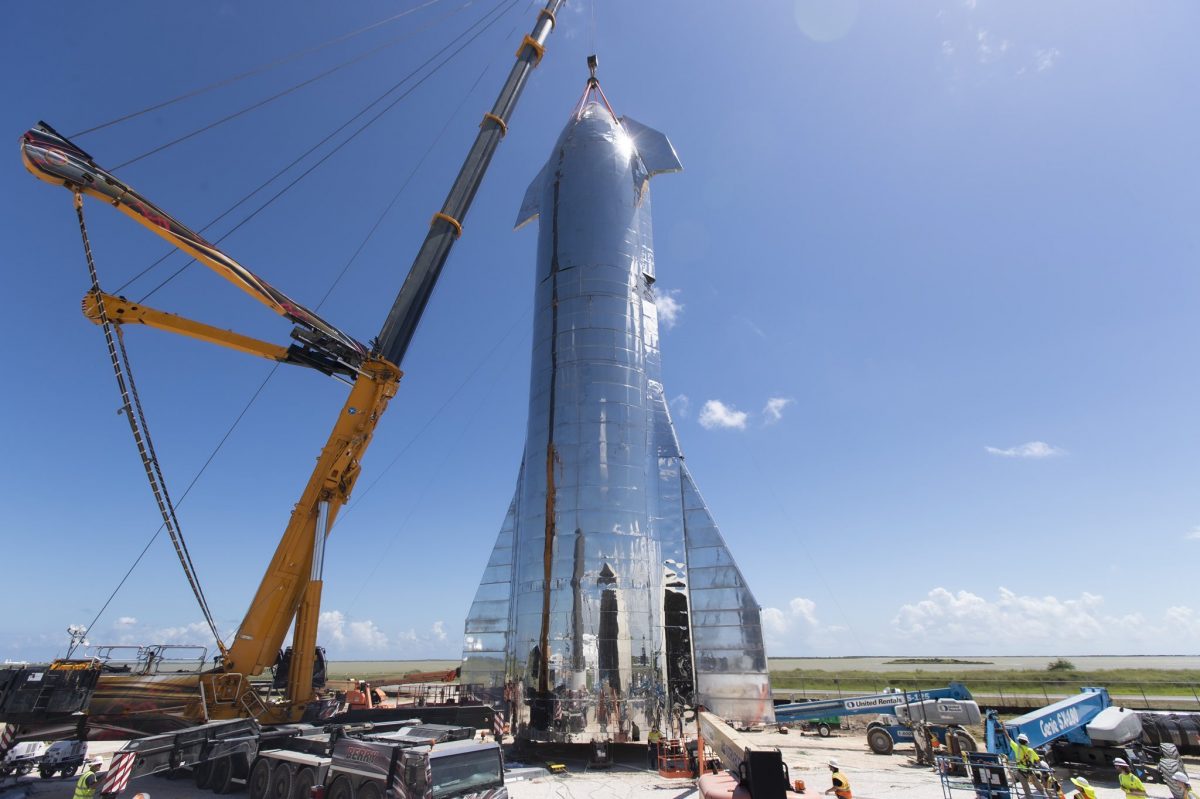
What possible would be our only transport to MARS or Moon in the coming next few years is a roughly 40-story high rocket that capable of carrying 100people to the surface of Mars. The Starship-Mark 1. If you think that kind of too soon, try Elon’s time table, quote “….we could potentially see people fly next year…”, as he spoke, all eyes were fixed on the 164-foot-tall, stainless-steel rocket ship behind him that SpaceX had finished assembling only hours before his speech as he unveiled the Starship-Mark 1 prototype in Boca Chica, Texas, on September 28, 2019
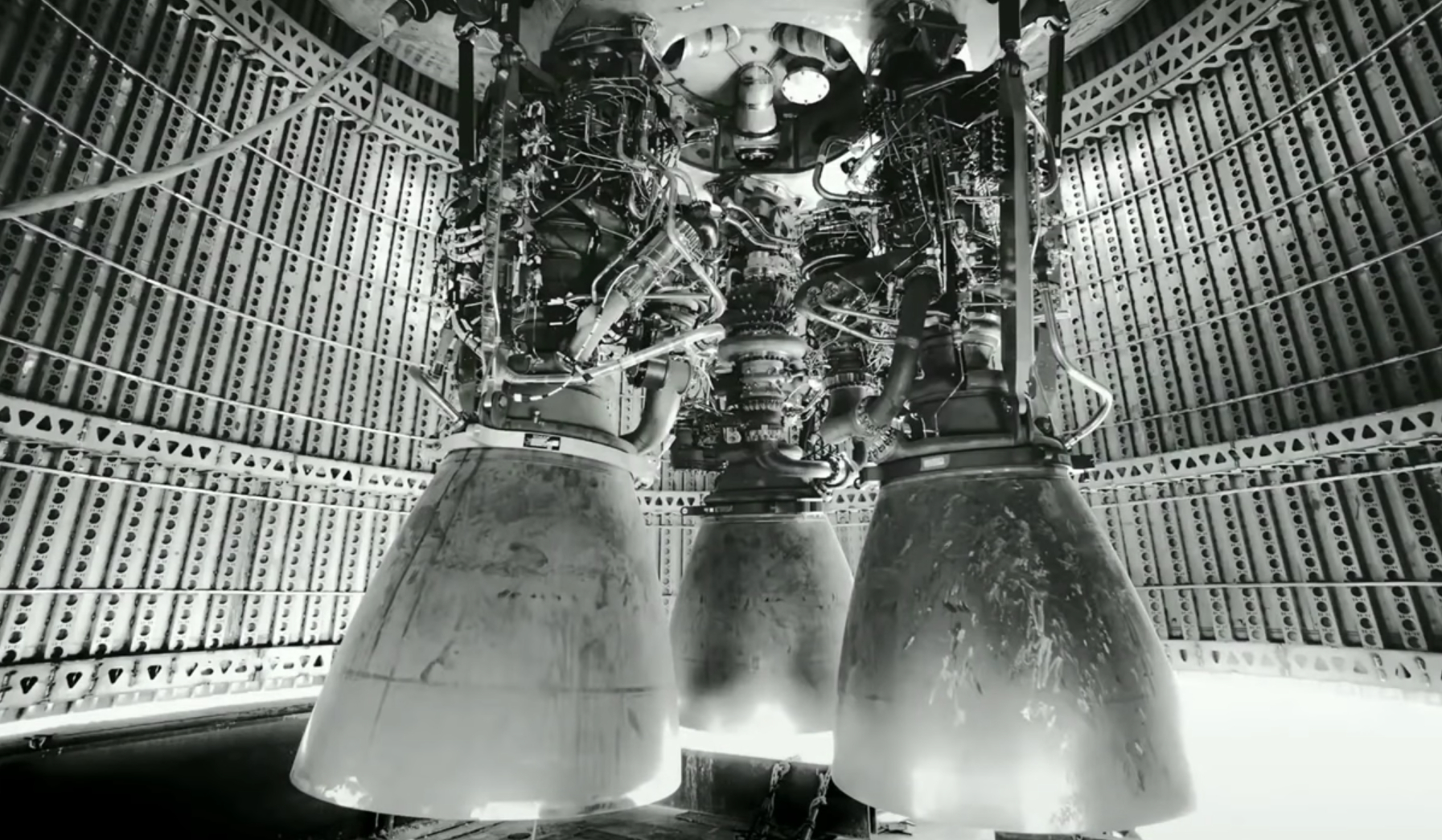

Just like how SpaceX first envision reusable rocket thus significantly reduced the cost of going into space, the Starship is also a low-cost, reusable rocket. A single Starship can be reused several times per day thus deliver hundreds of times more payload per year than all other rockets on Earth combined. The rocket uses six raptor engines, three sea-level engines at 200tons of steerable thrust and another three vacuum engines of 220tons of non-movable thrust.

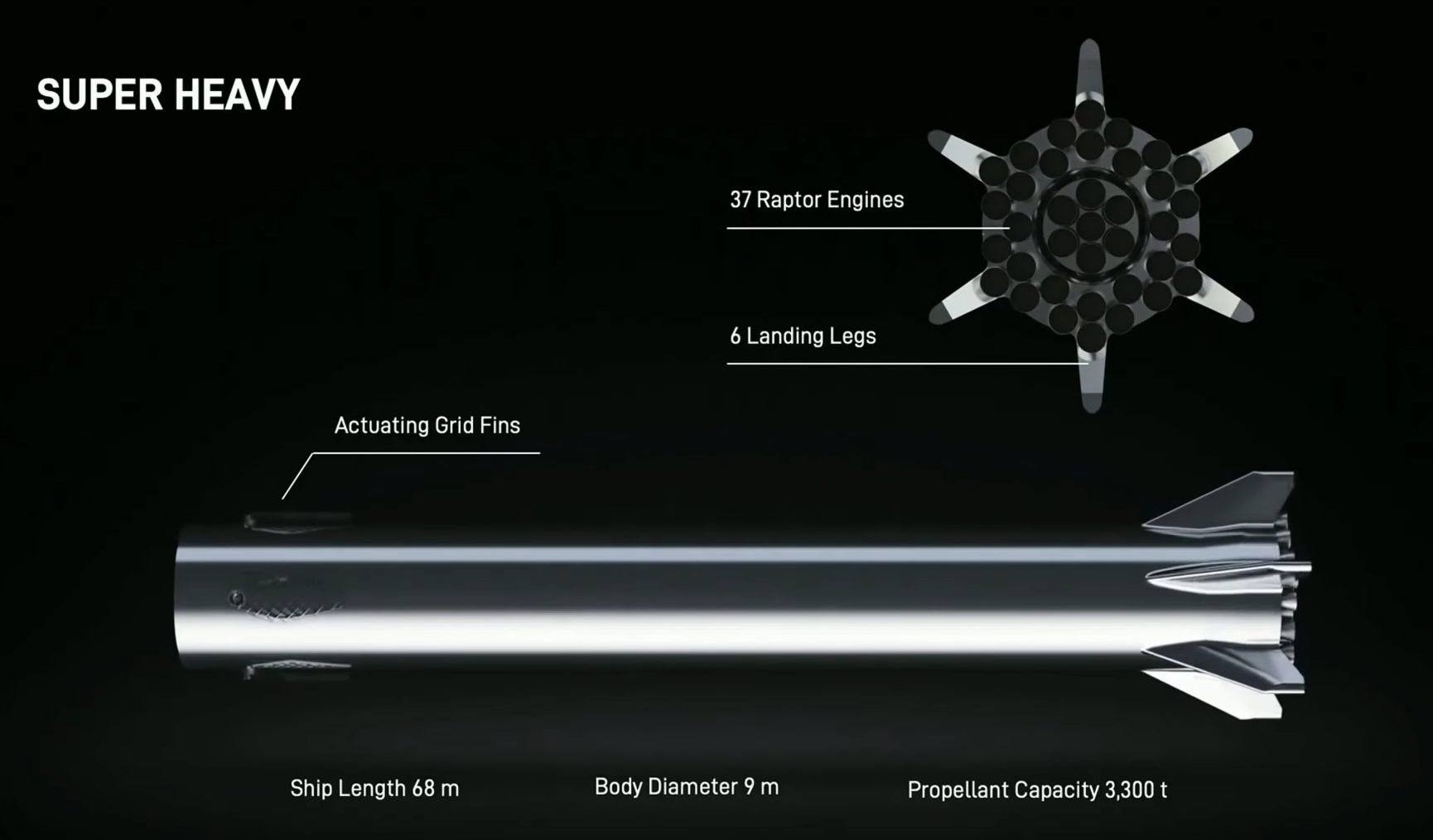
The Heat-Shield will be fully reusable, design for low maintenance via rapid production and installation. It will be hexagonal ceramic tiles for maximum hearting and crack resistance. Starship construction consist of 301 stainless steel which arguably have the same material properties like those of advance composite commonly used in aerospace industry and in fact according to Elon, at cryogenic temperature it is far better than those advance composite or aluminum-lithium.
For a Starship that is coming in like a meteor and depending on air friction to slow it down, you need something that can withstand high temperature with high-temperature melting point. A near five times higher temperature than advance composite or Aluminium lithium. Cost-wise, advance carbon-fiber composite can cost up to USD130’000 per ton versus USD 2’500 per ton for the standard steel or roughly 2% of the carbon-fiber composite cost.
The Starship Mark 1 rely on a super-heavy booster to launch it into space. The super-heavy booster consists of 37 Raptors Engines with six landing legs for recovery — total length of 68m, 9m in diameter and with propellant capacity of 3’300 tons.
There still more work to be done, having a supersize spaceship is one thing, but having it to sustain human life during the journey is yet another challenge. Musk said SpaceX hasn’t yet figured out how it plans to keep people alive inside its Starships. Oxygen, food, water, and waste, let alone long time stay on the surface of Mars. There’s a definite need for “regenerative” life support systems, which recycle and conserve all the supplies humans need.
“I think for sure you’d want to have a regenerative life support system,” Musk said. “Regenerative is kind of a necessity. I actually don’t think it’s super hard to do that, relative to the spacecraft itself.”
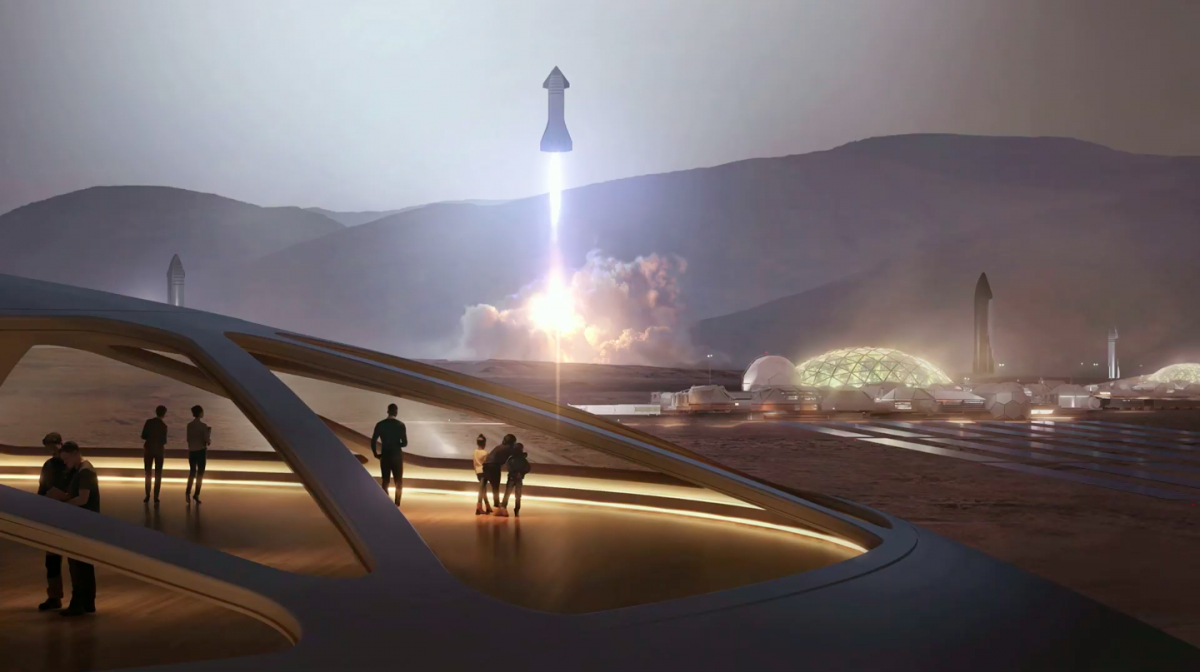
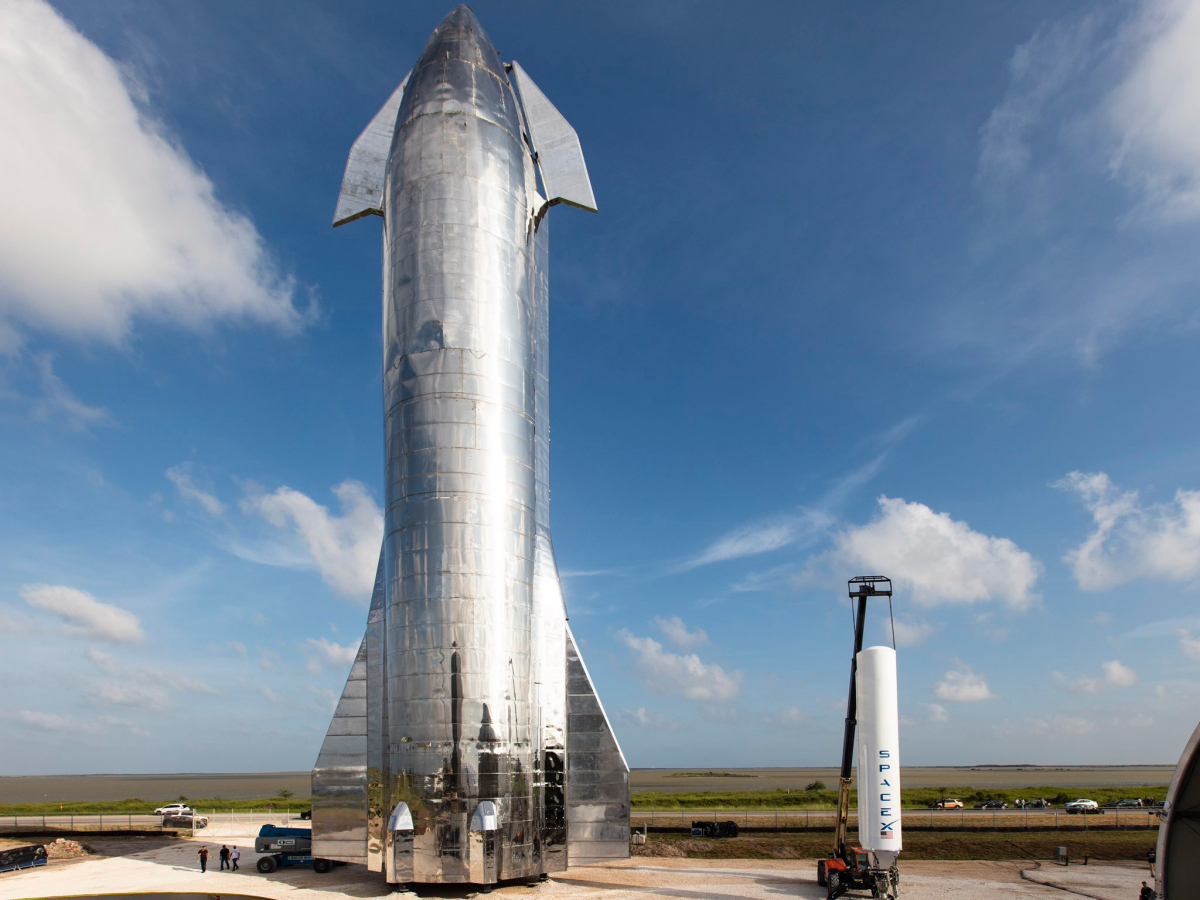
Watch SpaceX’s Starhopper here:
SpaceX’s Starhopper Took Off and Reached 500ft!
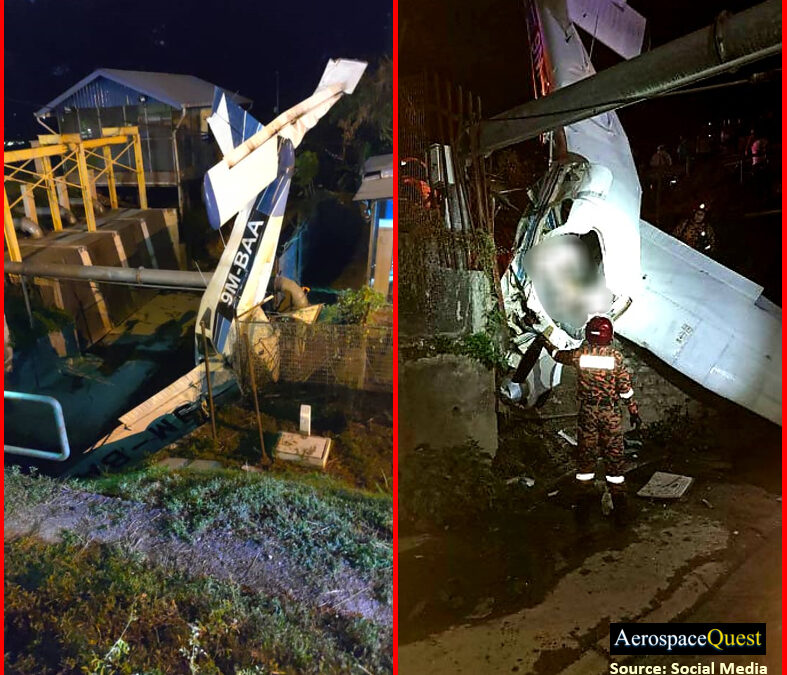
Plane crash in Ipoh during night training, pilot killed

James Webb Space Telescope’s First Images of Unseen Universe

Police helicopter and lorry collided With blades slashes into lorry’s roof top

Helicopter Kobe Bryant and 9 others traveled in flew into a mountain, killing everyone onboard.

Video – Two missiles hit Ukrainian Plane

Ukrainian Boeing 737 Shot Down Unintentionally

COMAC C919 (6th) Successful First Flight – China’s First Narrow-body Twinjet Airliner

Power-bank Exploded Inflight on an AirAsia Christmas Day Flight to Hong kong

Video – Cloud Seeding Over Borneo Sarawak

Indonesia Forest Fire – Malaysia To Carry Out Aerial Cloud Seeding Operation Today As Situation Worsens

First Time, Earth-Like Planet Found And Twice As Big!

India Moon Lander Vikram May Have Crashed Onto The Surface Of The Moon

Stunning Display of Rainbows In The Sky from A Boeing 777

The First ALL-Electric Flight School

Malaysia Airline – Fly Now, Pay Later!

Trainee Pilot Makes Emergency Landing On His 1st Flying Lesson

Near 70 Planes Seen Escaping Hurricane Dorian – FlightRadar24

Destination: Earth’s Orbit at 20’063 km/hr

SpaceX’s Starhopper Took Off and Reached 500ft!


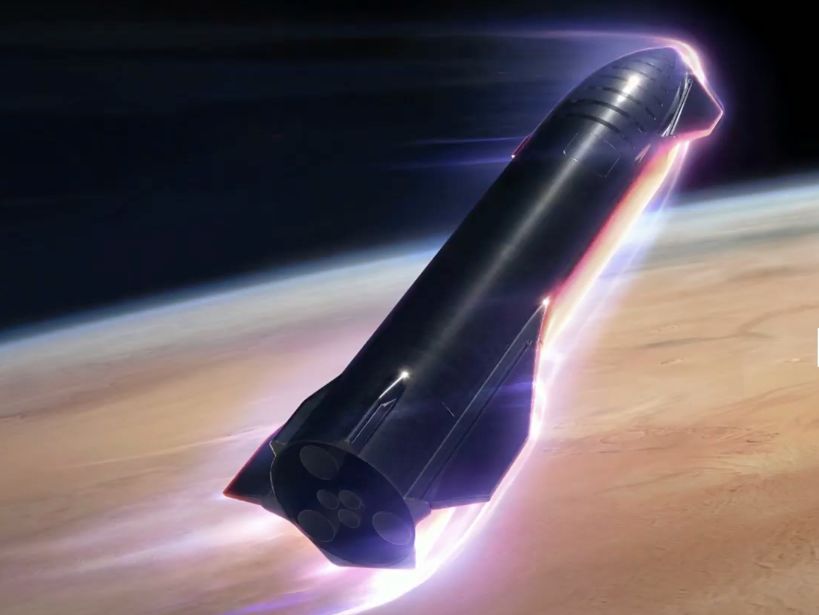

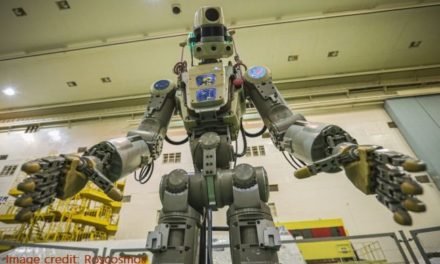
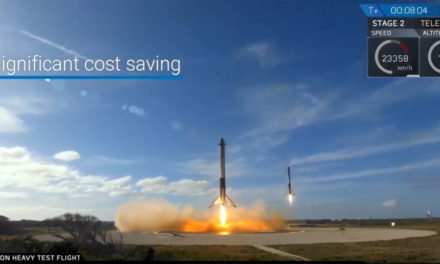




0 Comments